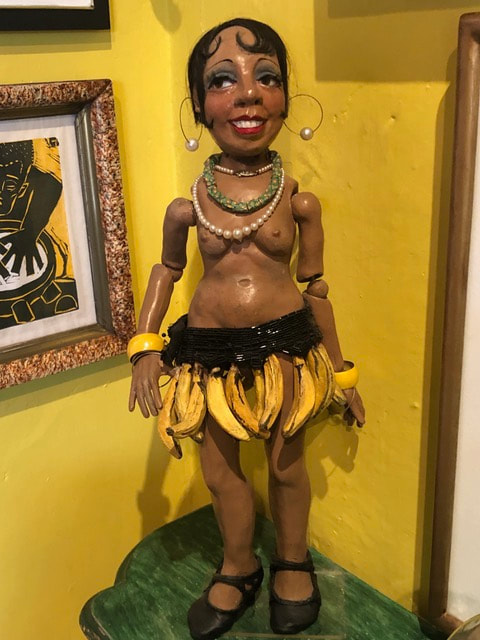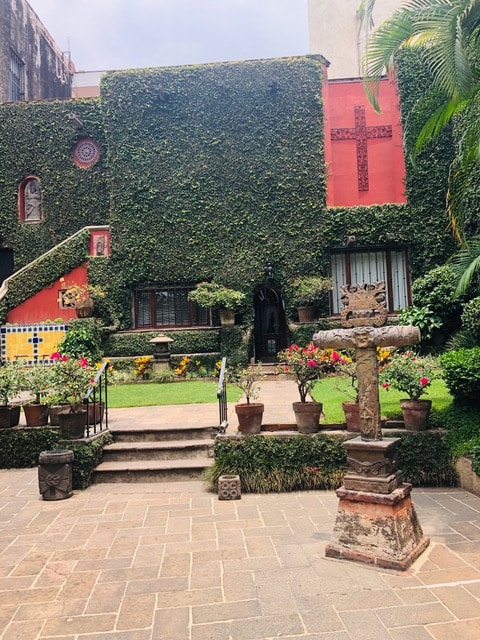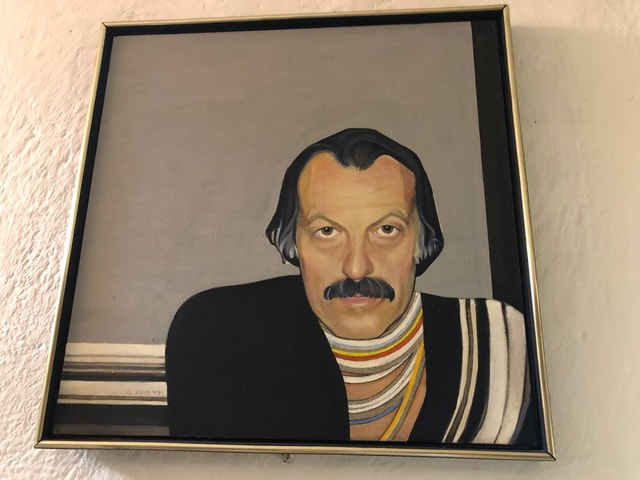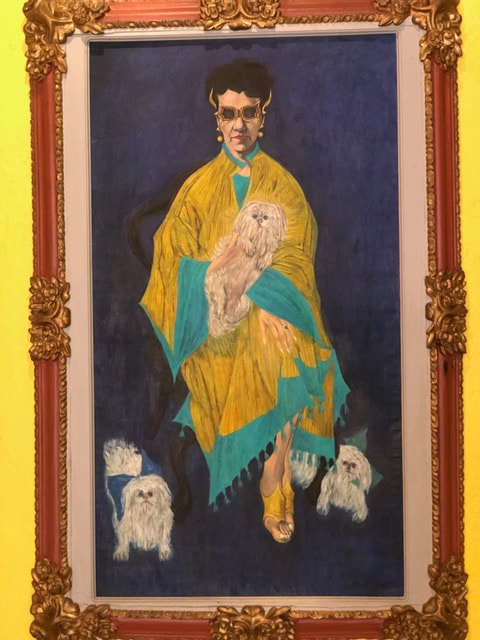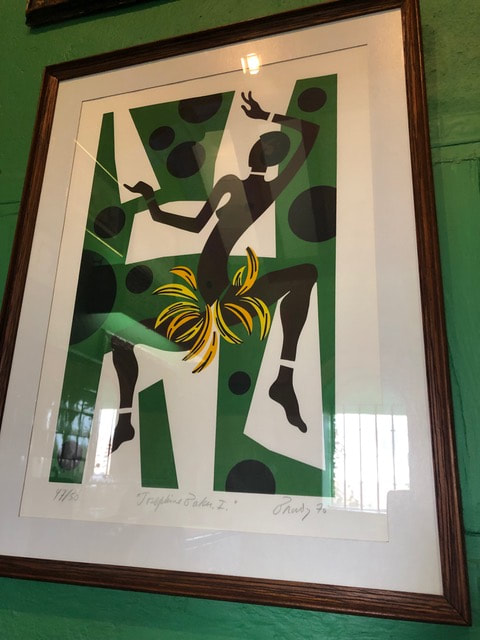Let's talk about Josephine Baker and Robert Brady, An Unlikely Couple.
By Christie Seeley
vallartasounds.com
When visiting the Robert Brady Museum in Cuernavaca, Morelos last year, I was surprised to see numerous signs of Josephine Baker, a legend in pre- and post-World War II France. I had followed her life of fame as a glamorous singer, dancer, and celebrity and even visited what had been her home, Château des Milandes, in the Southwest of France. I was, however, unaware of her relationship with Mexico and American artist/collector, Robert Brady. It turns out the two met while she was on a US tour in the early 70’s. In 1973 they exchanged private marriage vows in Acapulco. Brady, a gay man in a time when being outwardly gay was not accepted, and she, disillusioned by several failed earlier marriages and desperate for non-romantic love, formed a close partnership that lasted until her death in 1975. Josephine, herself, was bisexual.
Brady was the son of a wealthy Iowa trucking family and, due to his mother's passion, was raised surrounded by art. Study at the exclusive Barnes Foundation, founded by Albert Barnes, heavily influenced him. Believing art should be enjoyed for its face value and not by experts' opinions, Barnes restricted admission to his foundation to disadvantaged people. Brady managed to gain acceptance by saying he was a trucker. The exposure to the Barnes Foundation philosophy greatly influenced his life, including his penchant for displaying paintings with related pieces of furniture and object d' art that he collected during his extensive travels. He, like Barnes, left his home as a museum, decorated as it was when he resided there. Located in Cuernavaca, this treasure is a must-see.
Brady was an intimate friend and admirer of the eccentric New York heiress and art collector Peggy Guggenheim (his neighbor during his five years living in Venice, Italy). Like her, he associated with artist friends and collected their work. Also, like her, he lived surrounded by elaborate gardens where they were each buried along with their dogs.
Josephine, on the other hand, was born to a poor single mother in St. Louis, Missouri, and at an early age, she was performing in the streets to support herself and her mother. She became famous as a part of the Harlem Renaissance, but due to racial discrimination moved to France, where she became extremely popular and rose to fame in the Folies Bergère in Paris as a dancer, singer, and actress. The people generally loved her.
With the onset of World War II, Josephine, rather than flee the country, stayed in France and played a significant role in the resistance during the German occupation. She was honored by the French government with several medals of honor. During her lifetime, she was also active in civil rights, during which time she adopted 12 children of various ethnicities who she dubbed the "rainbow tribe." With her fourth husband, composer/conductor Jo Bouillon, she raised them all in different religions to show her faith that "children of different ethnicities and religions could still be brothers." Josephine has long been someone I admire, both for her style and commitment. Famous for her beautiful bronze legs and exotic banana skirt, her image stands out when one visits the Brady Museum.
Among Josephine's female partners were the blues singer Clara Smith, and although not confirmed, perhaps Frida Kahlo. Like Frida, Josephine adored animals. She was notorious for keeping a pet cheetah. She maintained a close friendship with actress Grace Kelly, later Princess of Monaco, whom it is said she met when she was refused service at the legendary Stork Club in Manhatten, and Kelly stormed out in solidarity. This friendship lasted for the rest of her life.
Her last show, a retrospective in Paris in April of 1975, was financed by Princess Grace of Monaco and Jaqueline Onassis Kennedy. It was a stunning success attended by all the glitterati of Europe. She died suddenly and peacefully of a cerebral hemorrhage just days later, surrounded by rave reviews of the show. She was 68.
Robert Brady passed away ten years later in 1985 at age 58 after 20 years of residency in Cuernavaca, Mexico. The Museum he left behind in the home he built into the 16th-century Franciscan convent is open for visitors to enjoy. It houses over 1000 works of art and artifacts as well as beautiful gardens. While Brady and Baker spent little actual time together as a couple, before his death he told his brother he still considered himself married to her.
Cuernavaca is located about one hour south of Mexico City and makes a lovely getaway from Mexico City.
"The purpose of art is washing the dust of daily life off our souls." – Pablo Picasso
(Photos of sculpture of Josephine in Brady Museum, Self Portrait of Robert Brady, Portrait by Brady of Peggy Guggenheim, Photo of entrance to the museum, Framed print of Josephine by Brady)
